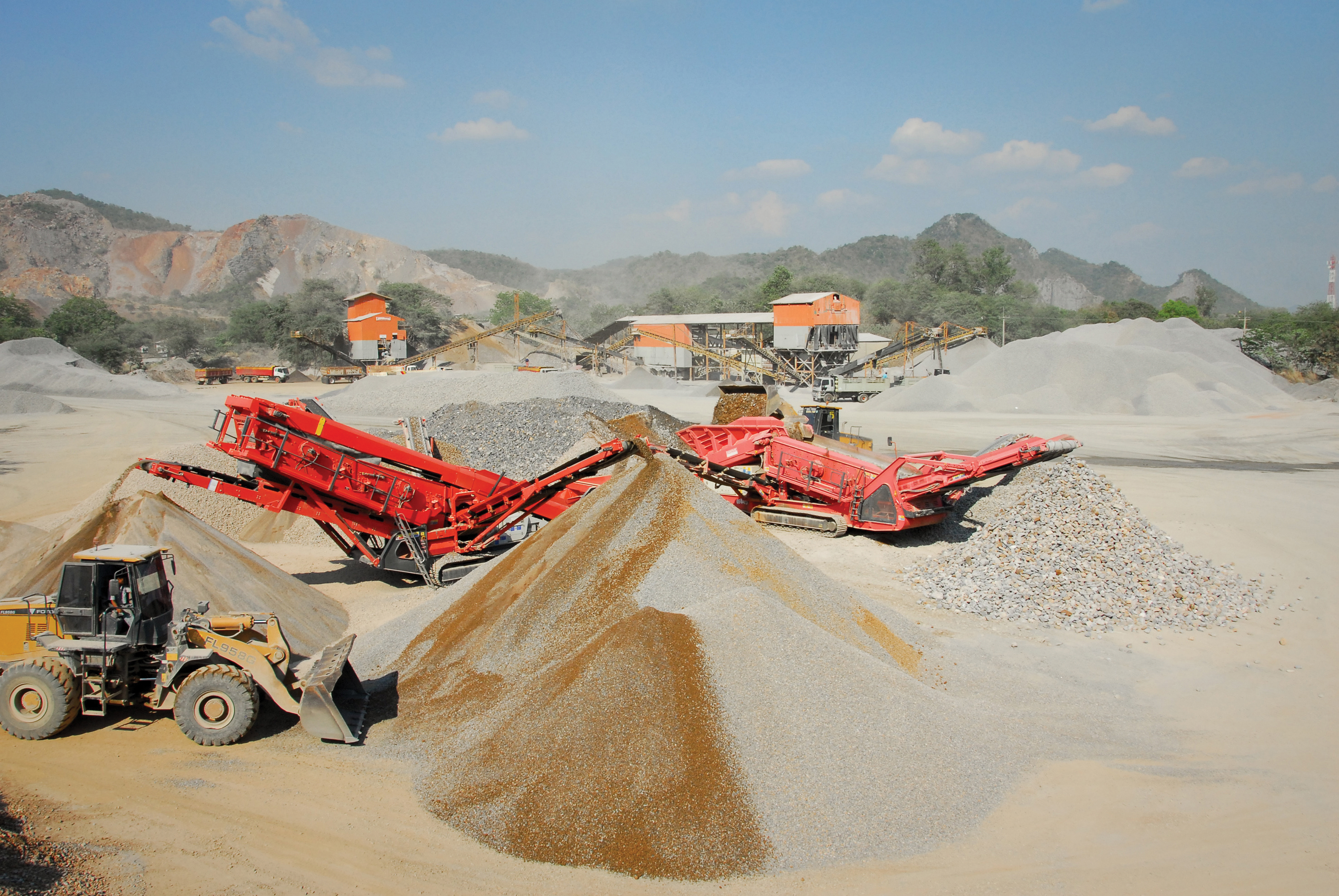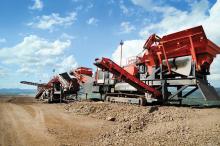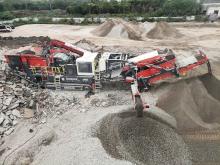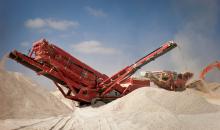
A Thai quarry looked to European technology when it wanted to increase output to feed the country’s demand for high grade limestone
The Sila Sanon limestone quarry in Thailand is playing a key role in providing high quality aggregates for the growing Thai construction industry.
Recently the family-owned operation has invested in a full range of crushing and screening plant supplied by
The Sila Sanon Quarry in Saraburi Province, just over 100km north of the capital Bangkok has been operational for almost 30 years and was established in 1983 by the father and grandfather of the current owners, Chayuth and Bhisanu Busitarnuntakul.
The family owns and manages some of the biggest quarry operations in Saraburi Province, with Sila Sanon being one of 12 quarries in the area. This quarry was identified as requiring investment in order to fully take advantage of the limestone deposits to be found. They are required for the rapidly-growing Thai construction and minerals industries, which has an almost insatiable demand for high grade limestone.
The father and son Busitarnuntakul team realised that to satisfy market demand they needed to invest in modern, highly productive crushing and screening systems, and contacted the William Wong Group for advice.
Having discussed their options with both the William Wong Group and Sandvik specialists, Chayuth and Bhisanu Busitarnuntakul realised that in order to maximise the materials within the Sila Sanon Quarry a combination of stationary and mobile crushing and screening equipment would be required.
They chose a CH440 stationary cone crusher; QI340 tracked HS impact crusher with recirculating conveyor; QI340 tracked impact crusher; QE440 tracked scalping screen, and a QA450 tracked four-way split triple-deck screening system.
This crushing and screening operation is used to feed -500mm material that is produced by the stationary state-of-the-art Sandvik cone crusher to the QI340 tracked impactors.
The machines further process the material at 200–300tonnes/hour, producing three grades alternatively at 0-7mm and 7-23mm to be used as aggregates, and 50-100mm for industrial usage.
The purpose-built Sandvik QI340 tracked impact crusher has been designed to process aggregate and quarried materials on site wherever and whenever it is required.
The QI340 is said to offer excellent reduction ratio across a broad product spectrum; variable speed primary pan feeder for controlled and continuous feed; material feed is integrated with engine loading for maximum control; independent grizzly and under pan feeder; optional double-deck, double-screen recirculation conveyor (found on one of the QI340s); global aftermarket support, with standard stock parts to ensure minimum loss of production, and it is designed for optimum fuel economy and low operating costs.
Although the QI340 tracked impactors are capable of producing an excellently shaped accurately sized product on their own, the Sandvik screening and scalping systems are able to further grade the limestone based on the specific requirements of the customer. This latter point is particularly pertinent as the limestone from the Sila Sanon Quarry is used in a variety of applications ranging from ready-mix concrete plants, road contracting, generic construction, as well as being supplied to the industrial/chemical manufacturing industries for use as quick-lime.
According to the quarry operators, being able to offer their customers a flexible and highly productive service has been an essential component of the success of the Sila Sanon quarrying operation: one of its major customers is the
Sila Sanon Quarry now produces more than 200,000tonnes of various sized products each month, with approximately 80,000tonnes coming from the mobile plant alone.
The quarry operators say that due to the success of the new Sandvik mobile crushing and screening operation, plans are now in place for over 50% of materials produced on a monthly basis to be derived from mobile crushing plant.
“This is due to the inherent flexibility of the mobile systems that are able to go exactly where they are required (the Sila Sanon Quarry face is now 2km from its initial location in 1983); feed directly to transportation systems and still deliver high quality products at high rates of production.” Chayuth and Bhisanu Busitarnuntakul say that operations at the Sila Sanon Quarry have shown that Sandvik mobile technology, combined with first-class local representation through the William Wong Group, has enabled them to save on transport costs, process materials directly at the quarry face and at the same time use non-specialised transport equipment.










